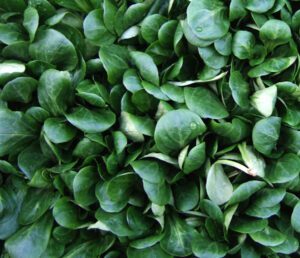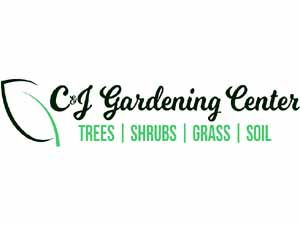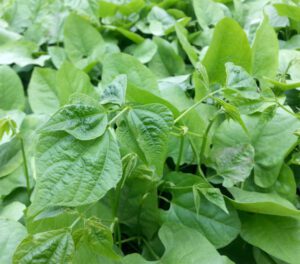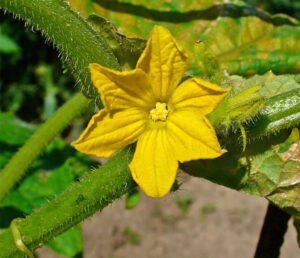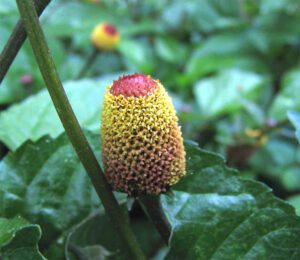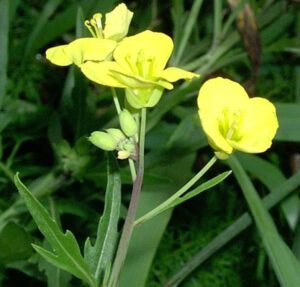If you are a gardener and have a home garden, then you definitely try growing potatoes (Solanum tuberosum).
Potatoes are the mostly common and are relatively inexpensive to purchase from any market.
But the potatoes grown in your home garden have a great flavor and taste. And the texture of the organic homegrown potatoes are far superior than those store-bought potatoes.
Generally, raw potatoes have 2 percent protein, 17 percent carbohydrates, 79 percent water and negligible amount of fat. Potatoes are actually consumed throughout the world in many different ways.
Growing Potatoes in Home Garden
Growing potatoes in home garden is relatively easy and simple. You can easily grow better tasting potatoes in your home garden if you follow some simple steps.
Here we are describing more about planting, caring and harvesting potatoes organically in your home garden.
Choose a Potato Variety
There are about 4,000 potato varieties available throughout the world. Among these varieties, there are some varieties available which has specific agricultural or culinary attributes.
Generally, the potato varieties are categorized into some groups based on their common characteristics such as purples, yellows, reds and whites.

Among the many different potato varieties, the red potatoes and the oval baking potatoes have dominated the market.
The texture of different potato varieties (even more so than the flavor) is very different from variety to variety.
However, you will need to choose such a variety which grows well in your area. You can consult with an expert in your area for better recommendation.
Some popular potato varieties are Katahdin, Kennebec, Elba, Irish Cobbler, Norland, Mountain Rose, Viking, Blue, Red Pontiac and Chieftan.
Collect/Purchase Potatoes
The seed potatoes are actually not seeds at all. The seed potatoes are full-size potatoes that are allowed to start producing shoots from the potato eyes.
You have probably seen this already when you store some potatoes in the kitchen for too long.
So, collecting quality seed potatoes is a must for growing potatoes. You can purchase seed potatoes from stores or order online.
Time for Growing Potatoes
Potatoes grow well in cool weather. If you live in northern areas, then you can start growing potatoes 1-2 weeks after last spring frost.
But if you live in areas with southern tropical weather, then you can grow potatoes as a winter crop. Actually the potatoes can be grown if the soil temperature is between 7 and 13° C.
Preparing the Soil
Potatoes grow well in fertile, well-drained and loose soil. Generally sandy soil is considered as best for growing potatoes.
Prepare the soil by mixing well rotted manure or homemade organic compost.
Planting
Choose a well-drained and sunny spot for planting potatoes. In the home garden, you can actually start growing potatoes in two methods.
We are shortly describing about these two methods of planting potatoes below.

Trench Method
The trench method is a very old method of planting potatoes. In this method you will need to dig a shallow trench (about 6 inch deep), and place the seed potatoes in the trench.
Then cover the potatoes with a couple of inches of soil. Hill up the soil continually as the potato plants grow along the sides of the plant.
Doing this will help for keeping the soil around the developing tubers loose and keeps the surface tubers from being exposed to sunlight.
Scatter Method
Scatter method of planting potatoes means ‘simply laying the seed potatoes right on the soil and then covering them with a few inches of mulch’. You will need to continue layering mulch as the plants grow.
Caring for the Potato Plants
After planting, potato plants require additional caring for better growth and maximum yield. Follow the potato caring steps mentioned below.
Feeding/Fertilizing
The potato plants actually don’t like rich soil. Your potato plants will grow well and be happy as long as they have good amount of organic contents in the soil and the pH level is neutral to acidic. Although applying organic fertilizers such as compost tea will be good.
Watering
Potato plants require much water for proper growing. So water your plants regularly. You should water the plants at least an inch a week.
Mulching
Mulching is required for the potato plants not only for maintaining adequate moisture but also for controlling weeds.
You can add organic mulch between the rows after the potato plants have emerged.
Weed Controlling
For growing potatoes in the home garden, you can easily control the weeds by hand.

Pests and Diseases
Potato plants are highly susceptible to some pests and diseases. Information about some common pests and diseases for potatoes are listed below.
Diseases
Late blight is a common disease in the potato plants which causes the foliage turning black, and then moldy. Dispose or burn the foliage for controlling this disease.
Using certified disease-resistant seed potatoes can also help for preventing this disease. Another common disease of the potato plant is scab.
This disease causes the plant to look like raised, corky areas on the skin or sunken holes on the surface. A low level of soil pH can help for controlling this disease.
Pests
Aphids and beetles are the most common pests of the potato plants. Check your plants regularly and use organic pesticides if you notice any aphids or beetles.
The thin, red wire worms also attack the potato underground. Crop rotation can help for preventing this pest.
Harvesting
You should harvest the mature potatoes for storing for long time. Wait 2-3 weeks after the foliage has died. Then dig potatoes on a dry day.
Dig up gently, being careful not to puncture the tubers. Allow the freshly dug potatoes to sit in a cool and dry place for up to 2 weeks.
Doing so will allow the potato skin to cure and which will ultimately help you for keeping those potatoes for long time. That’s all! Good luck!

